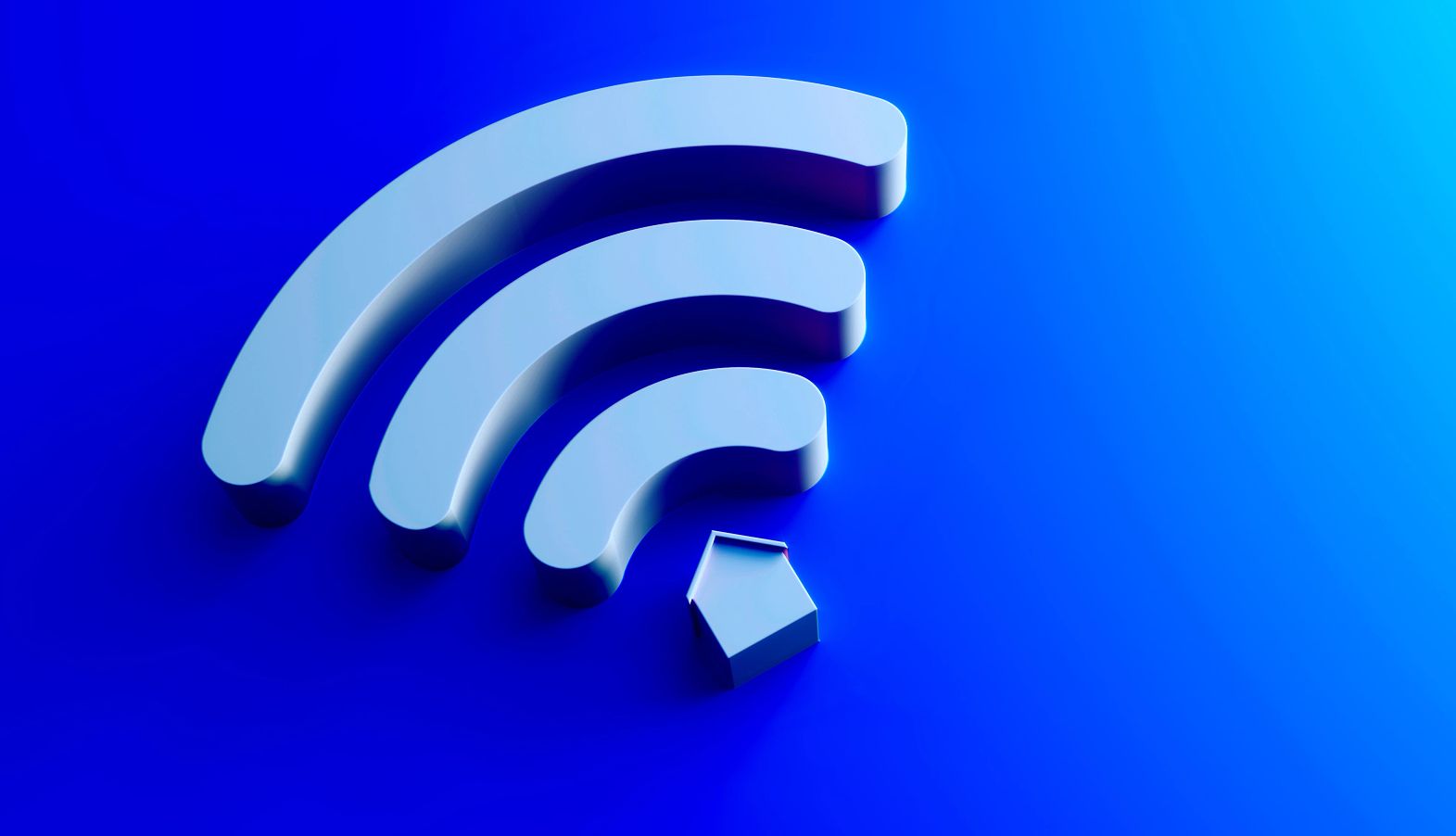Staying Fit


In this story
Money expended • Long-term benefits • AARP support • May’s partial discount • Some options available
Subsidies remaining for the Affordable Connectivity Program (ACP) will be exhausted within days, and the 23.3 million households that rely on the federal broadband discounts — more than 2 in 5 headed by someone age 50 or older — are in a bind.
Prospects for a congressional long shot to salvage the popular program appear grim. Though the Senate bill to allocate $7 billion more for the program through the end of the year has an equal number of Democratic and Republican sponsors, any extension is controversial for some politicians.


AARP Membership— $12 for your first year when you sign up for Automatic Renewal
Get instant access to members-only products and hundreds of discounts, a free second membership, and a subscription to AARP the Magazine.
At the beginning of Thursday’s hearing in a subcommittee of the Senate Commerce, Science and Transportation Committee, Sen. Ted Cruz (R-Texas) said: “The Affordable Connectivity Program is not working as Congress intended. This massive welfare program should be considered a success, … but it turns out the vast majority of these people already had high-speed internet.”
Almost 22 percent of households surveyed had never had high-speed internet before the ACP, another 23 percent had dropped it at some point because of affordability, and 55 percent were using the program to help keep service during the pandemic and ongoing inflation afterward, according to a Federal Communications Commission (FCC) survey in December 2023.
The Affordable Connectivity Program also supports another part of the bipartisan infrastructure bill signed into law in 2021, the expansion of high-speed internet to areas with no internet or slower speeds, said Sen. J.D. Vance (R-Ohio). Having an ongoing, guaranteed customer base helps companies pay for service to areas with rougher terrain and fewer people.
“I talked to a number of folks who have invested a lot in rural broadband infrastructure in the state of Ohio who told me straightforwardly they would not have made that investment if not for the existence of the ACP program,” Vance said at the hearing.
In the 435-member House, where an identical bill was filed in January, 225 representatives including 20 Republicans have signed onto the legislation. In November, a bipartisan group of 26 governors sent a letter to congressional leaders in support of the program. By the beginning of February, about 18 percent of U.S. households were benefiting from the ACP.
Subsidies save money in the long run, studies show
The ACP is a “money saver to our unemployment system,” Blair Levin, chief of staff for nearly four years to the FCC chair during the Clinton administration, said to AARP ahead of his testimony at the hearing. “If you want to retrain for a job or get a new job and not be on unemployment [insurance], what is the mechanism you’re going to use? Well, it’s going to be online.”
“I’m pretty sure that health care by itself could justify this” continuation of the program, said Levin, now a nonresident senior fellow at the nonprofit Brookings Metro think tank. “In other words, you save a trip to the emergency room, people in telehealth can show up for their appointments easier, and they do preventive treatments more readily.”
Three-quarters of adults 50 and older had telehealth appointments at least once in the past 12 months, according to an AARP survey conducted earlier this year. And 9 out of 10 were satisfied with the experience.




































































More From AARP
Pros, Cons of a Cell Service as Your Internet Provider
Lower speeds than wired broadband could save you moneyNew Rules Should Simplify Shopping for Internet Plans
‘Nutrition labels’ will let you compare features, pricesMake Life Easier with These 25 Practical Tips
Try these life hacks to save time and simplify your day
Recommended for You